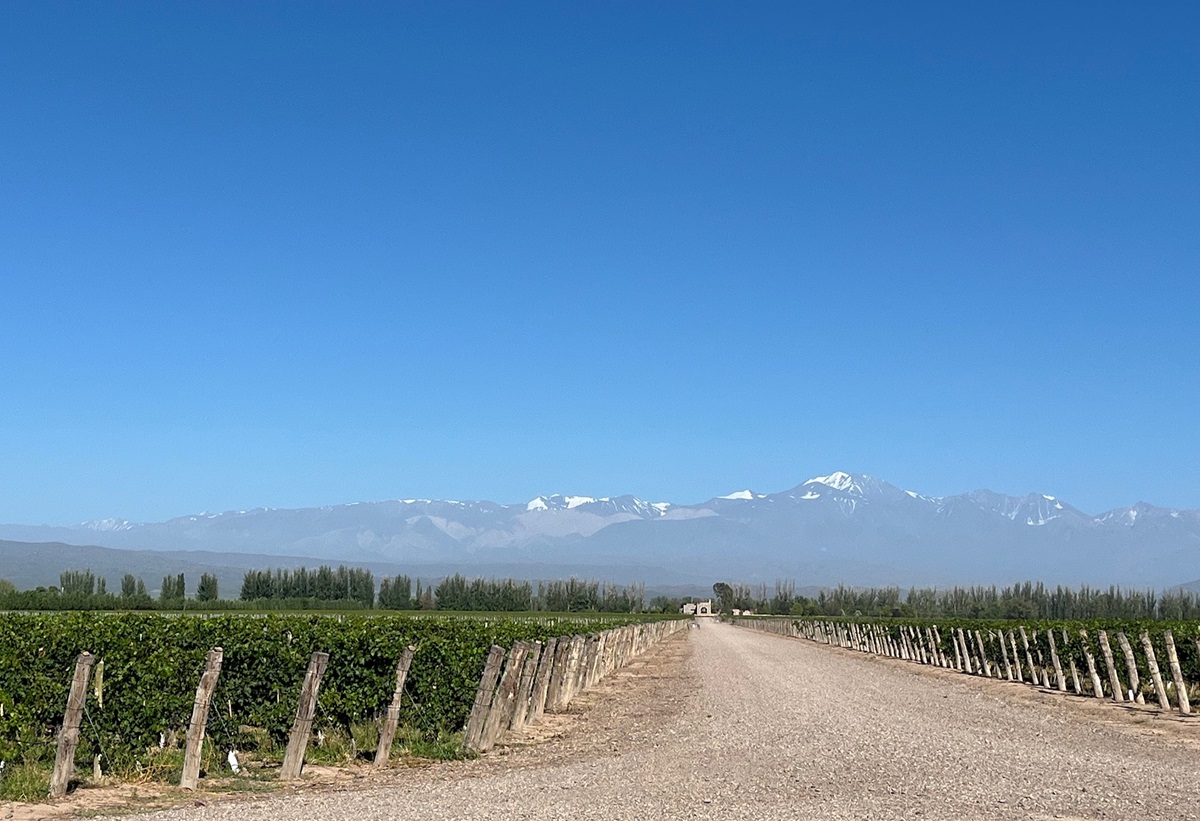NEW YORK STATE OF WINE
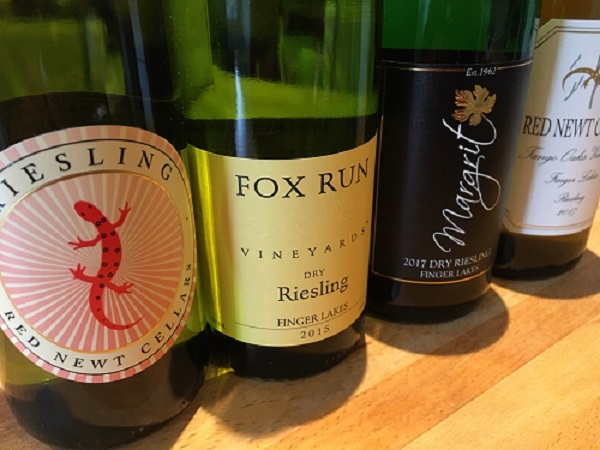
By Rose Murray Brown MW Published in The Scotsman 30 January 2021
In all my years in the wine trade, I can count the number of times I have been offered the chance to taste New York’s wines on one hand. Looking at UK merchant and restaurant lists, which span wine regions across the globe, you would barely know the Big Apple produced wine at all.
New York State is in fact North America’s 3rd largest wine producing state, out of fifteen US states which produce wine.
It is way behind California in volume, which produces over 85% of America’s wines. New York State has just 471 wineries across 35,000 acres, compared to California’s 3000+ growers and 535,000 acres. Sizewise, it has more in common with Washington State and Oregon.
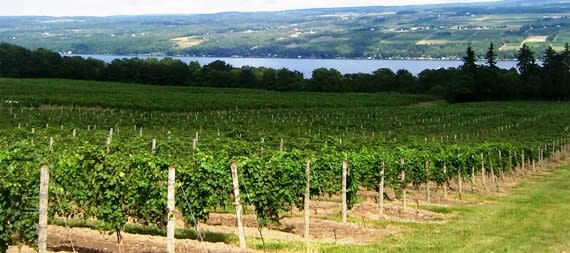 Climatically New York State is very different, with a cool climate more akin to Europe than the New World.
Climatically New York State is very different, with a cool climate more akin to Europe than the New World.
“We look towards Europe, rather than California”, says Florida-born Rick Rainey, winemaker at Forge Cellars, a Franco-American alliance specialising in Riesling and Pinot Noir in New York’s Finger Lakes region. “Our wines are more Old World in style with high acidity and low alcohol; elegant, delicate textured wines without power and intensity”, he says.
Across eleven AVAs (American Viticultural Areas) stretching from Niagara Escarpment and Lake Erie on Canada’s border, Finger Lakes in north west, Hudson River in east and Long Island on the coastal south east, climates vary dramatically.
In Finger Lakes, sheltered from artic winds by Lake Ontario, a cool continental climate around its eleven lakes brings harsh winters, warm summer days without heat spikes and cool nights which retain grape acidity. Their deepest lake, Seneca (over 600ft) retains the most warmth and offers vines protection from winter freeze.
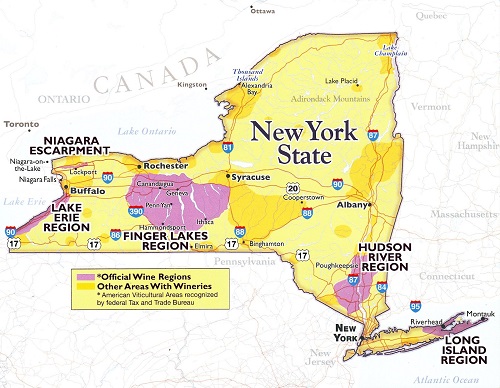 Down in coastal Long Island, with constant ocean breezes, the climate is moderate maritime similar to Bordeaux.
Down in coastal Long Island, with constant ocean breezes, the climate is moderate maritime similar to Bordeaux.
With such harsh winters, American vitis labrusca and hardy European hybrids were initially planted, produced in bland sweet styles for tourists. The trials for vitis vinifera vines only began in 1954, but are growing steadily – the most successful around Seneca Lake. Undoubtedly vinifera is where New York State’s future lies, enabled by a warming climate.
Whilst California struggles with warming temperatures and rampant fires in recent years, New York growers are benefitting from better grape ripeness. There is more hail and spring frost, but less winter freeze.
So why do we not see New York wines in the UK? Quality and price have been an issue, but mostly because wines are drunk by a large local tourist market. Only 5% are exported (mostly to Japan), but this will change as Finger Lakes and Long Island in particular are starting to make a name for themselves as serious wine regions.
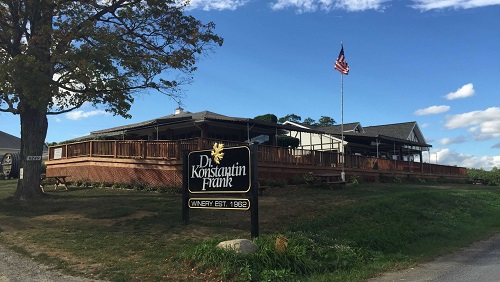 Nothing happens fast here. “Many wineries are small long-term family businesses with a slow growth mentality – farming for money, not with money’”, says Meaghan Frank of Dr Konstantin Frank winery, whose great-grandfather, an emigree from Ukraine used to cold conditions planted the first vinifera vines in Finger Lakes.
Nothing happens fast here. “Many wineries are small long-term family businesses with a slow growth mentality – farming for money, not with money’”, says Meaghan Frank of Dr Konstantin Frank winery, whose great-grandfather, an emigree from Ukraine used to cold conditions planted the first vinifera vines in Finger Lakes.
“It also takes a long time to expand production as in our cool climate you have to do bench grafting, rather than field grafting”, says Frank.
Dry Riesling is the most successful vinifera to date in New York State, particularly amongst Finger Lakes’ 104 wineries. Pinot Noir is a close second qualitywise followed by Chardonnay, Sauvignon Blanc, Grenache and Cabernet Franc showing promise.
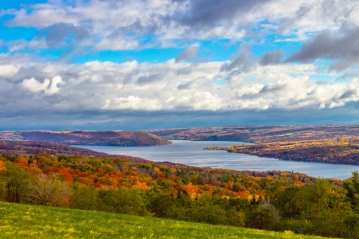 Winemaker Scott Osborn at Fox Run Vineyards has been successful with Austria’s red Blaufrankisch grape (called Lemberger in US), first planted in 1995 to add colour to his Pinot Noir blend and now made as a varietal. Dr Konstantin Frank winery experiments with Russia’s red Saperavi grape and has plans to collaborate with a Georgian winery and introduce qvevri amphorae.
Winemaker Scott Osborn at Fox Run Vineyards has been successful with Austria’s red Blaufrankisch grape (called Lemberger in US), first planted in 1995 to add colour to his Pinot Noir blend and now made as a varietal. Dr Konstantin Frank winery experiments with Russia’s red Saperavi grape and has plans to collaborate with a Georgian winery and introduce qvevri amphorae.
Acidity is never in short supply in New York State wines, so sparkling wines have a bright future here. From traditional method fizz to Petillant Natural, the most successful cuvees are from Hermann J Wiemer, Dr Konstantin Frank and Lamoreaux Landing in Finger Lakes. Down in Long Island, which juts into the Atlantic ocean on East End’s North and South Forks, Sparkling Pointe, Channing Daughters, Paumanok and Lenz are wineries to watch for fizz.
Finger Lakes and Long Island regions show most promise to date – and both have just had two stunning vintages, 2019 and 2020. We have plenty to look forward to from New York State’s vast array of experimental artisan wineries – and look out too for the Big Apple’s burgeoning urban wineries too who buy in grapes from these regions.
Sparkling Wine:
Seneca Lake, Finger Lakes Region: CUVEE BRUT 2014 Hermann J Weimer (12%)
£22 www.wanderlustwine.co.uk; www.barnebys.co.uk
Most distinctive of three Finger Lakes traditional-method cuvees tasted; 63% Chardonnay/27% Pinot Noir blend with citrus, apple peel and toasty aromas, rich rounded smooth palate, minerally saline finish.
White:
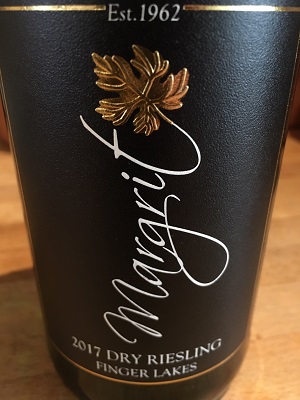 Finger Lakes: MAGRIT DRY RIESLING 2017 Dr Konstantin Frank (12%) ***STAR BUY***
Finger Lakes: MAGRIT DRY RIESLING 2017 Dr Konstantin Frank (12%) ***STAR BUY***
£16.50 www.matthewclark.co.uk
Dry Riesling from a historic winery; crisp racy zingy tangy limey fruit, intensity with beautifully balanced acidity. Benchmark Finger Lakes Riesling from Keuka Lake, a clear winner in our tasting.
Long Island: CHARDONNAY 2014 Red Hook (12.4%)
£39 www.stannarywine.com; www.corksofbristol.com
This Brooklyn-based urban winery buys grapes from Macari vineyard on Long Island’s North Fork. Serious rich rounded succulent Chardonnay with broad palate, moderate acidity, some complexity.
Finger Lakes: CHARDONNAY 2018 Osmote (12.5%) ***STAR BUY***
£26 www.woodwinters.com
Impressive Chardonnay from up-and-coming winemaker Ben Riccardi, who buys grapes from Seneca Lake; loved its nuttiness, melony, rich citric fruit, seamless oak and tropical fruit undertones.
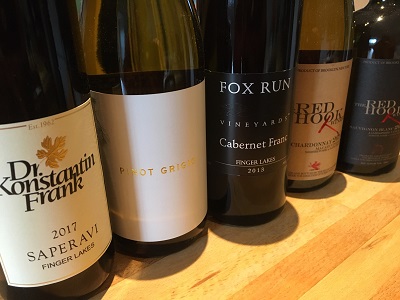
Red:
Finger Lakes: CABERNET FRANC 2013 Fox Run (13%)
£16 www.inveraritymorton.co.uk www.laithwaites.co.uk
One of Finger Lakes’ top family-run wineries makes this meaty, violet scented, ripe plummy fruited red with smooth velvet tannins, gentle herbiness, fine structure – showing Cabernet Franc’s promise.
Finger Lakes: SAPERAVI 2017 Dr Konstantin Frank (13%)
£15 www.matthewclark.co.uk
Deep dark chunky blackberry and cherry aromas, smooth succulent juicy palate fruit livened with a biting acidity; ripe take on Georgia’s grape.
Join Rose’s virtual Italian tasting with winemaker Matteo Sega of Barbacan winery in Valtellina, N Italy in association with Raeburn Fine Wines: Friday 19 February 2021 www.rosemurraybrown.com
wine tastings
The perfect gift for the wine enthusiast in the family. Rose does In-person tastings too.
cellar advice
Rose does cellar valuations for private clients, valuations for insurers & bespoke portfolio management.
Related stories
March 31, 2024
By Rose Murray Brown MW Published in The Scotsman 30 March 2024 On 2 February 1659, the first wine made from grapes grown in South Africa was crafted by the Governor of the Cape, Jan van Riebeeck. He had planted vines four years earlier in the Company’s Garden near Cape Town from cuttings imported from France. Van Riebeeck’s first
March 24, 2024
By Rose Murray Brown MW Published in The Scotsman 16 March 2024 Heatwaves and bushfires were very much on the agenda when I visited Chile last month as winemakers prepared for their 2024 harvest in blistering heat and drought, with a plume of smoke from the devastating fires lingering over coastal hills. Heat and drought are the greatest challenges
March 23, 2024
By Rose Murray Brown MW Published in The Scotsman 9 March 2024 I have two glasses of Malbec in my hands from the same high-altitude vineyard in Uco valley in Argentina. I am in the Catena Institute of Wine in Mendoza with winemaker Agustin Silva. He has asked me to taste the two wines, both from the 1500m high



